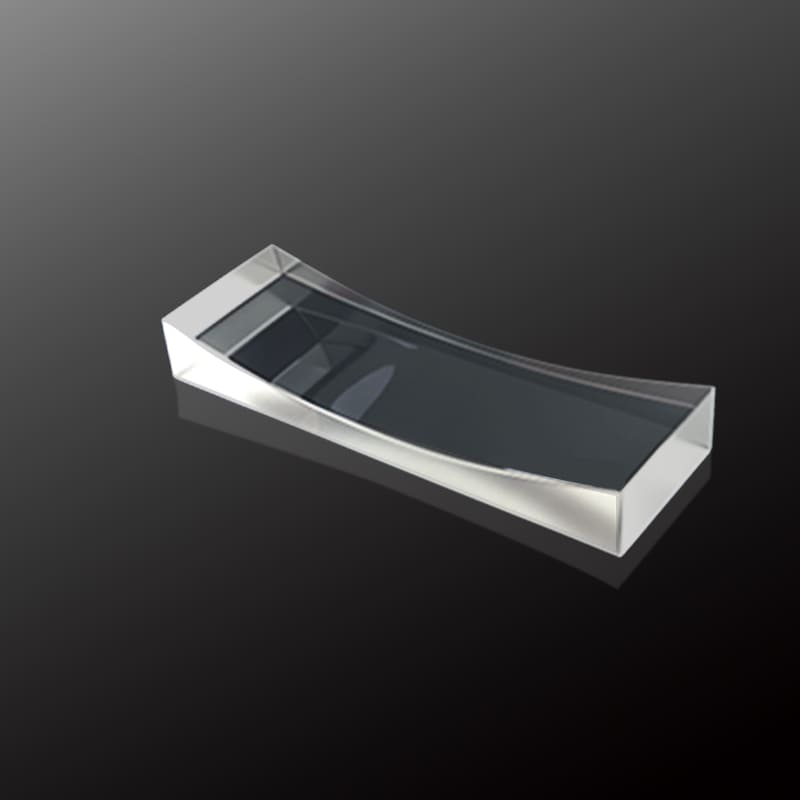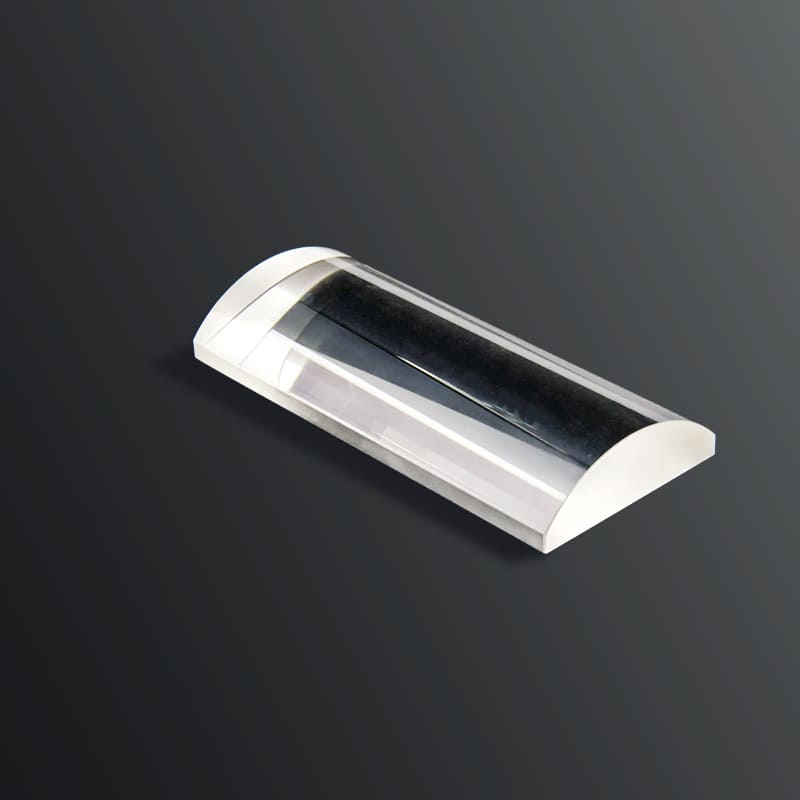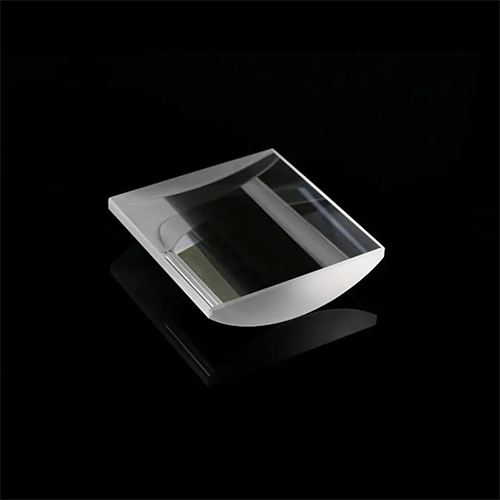The cross-section of a cylindrical lens is a cylindrical shape with two arcs or one arc and one line. Cylindrical lenses have different radii on the X and Y axes, therefore they have a cylindrical or semi cylindrical shape. So what is the imaging pattern of cylindrical lenses?
Light rays incident parallel to the cylindrical axis
When light is incident parallel to the cylindrical axis of a cylindrical lens, the lens does not change the direction of light propagation in that direction. In the direction of the cylindrical axis, cylindrical lenses have no refractive power and do not generate the concept of focal length.
Light rays incident perpendicular to the cylindrical axis
When light is incident perpendicular to the cylindrical axis, cylindrical lenses exhibit characteristics similar to spherical lenses. Light will form a focal or virtual focal point at a certain distance, depending on whether the lens is a convex or concave cylindrical surface. For convex cylindrical lenses, light rays converge at the real focal point; For concave cylindrical lenses, the light will diverge and form a virtual focus.
Imaging pattern
The imaging pattern of cylindrical lenses is different from that of spherical lenses because they can only focus the beam in one direction. In the imaging process, there is a certain relationship between the object distance (the distance from the object to the lens) and the image distance (the distance from the image to the lens). When an object is within one focal length of a lens, the image formed by a cylindrical lens is an upright and magnified virtual image. At this point, as the object distance decreases, the image distance gradually increases, and the image also gradually becomes larger. When an object is outside the focal length of a lens, the image formed by a cylindrical lens is an inverted, reduced real image. At this point, as the object distance increases, the image distance gradually decreases, and the image also gradually decreases.
Linear imaging and aspherical correction
Mainly used for linear imaging or aspherical correction. For example, in a laser system, a cylindrical lens can guide or focus a linear beam of light; In optical systems, it can be used to correct aberrations such as astigmatism.
The above is an answer to the imaging law of cylindrical lenses. We hope it is helpful to you. If you have any questions, please feel free to consult online or leave a message.










